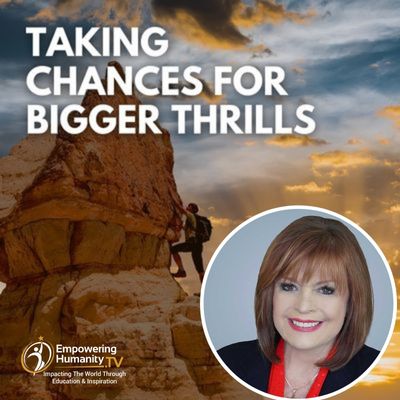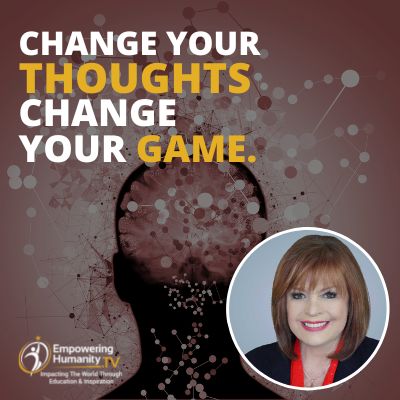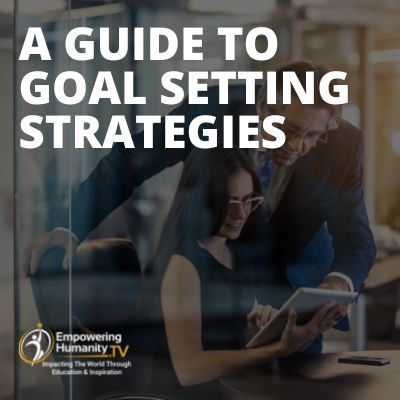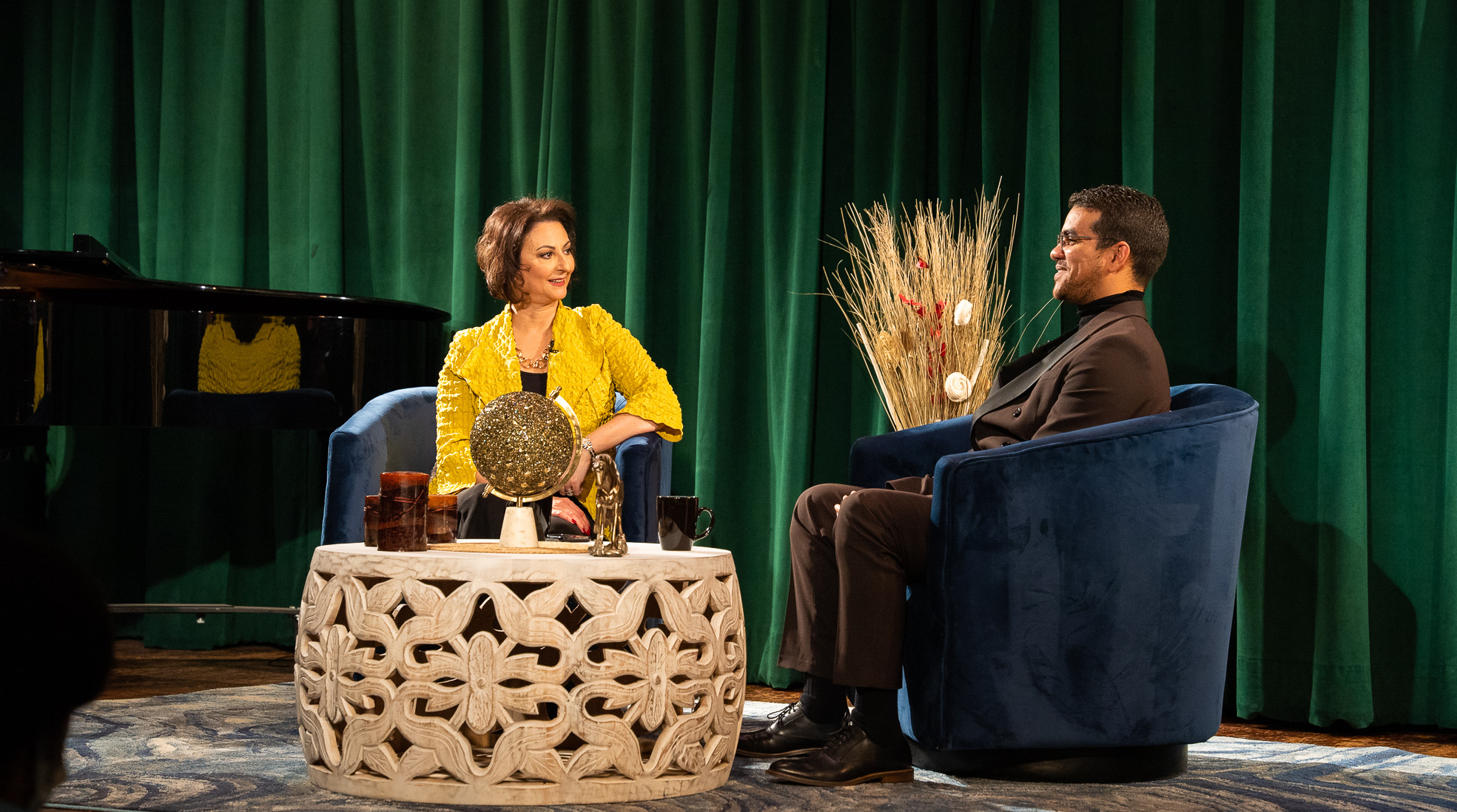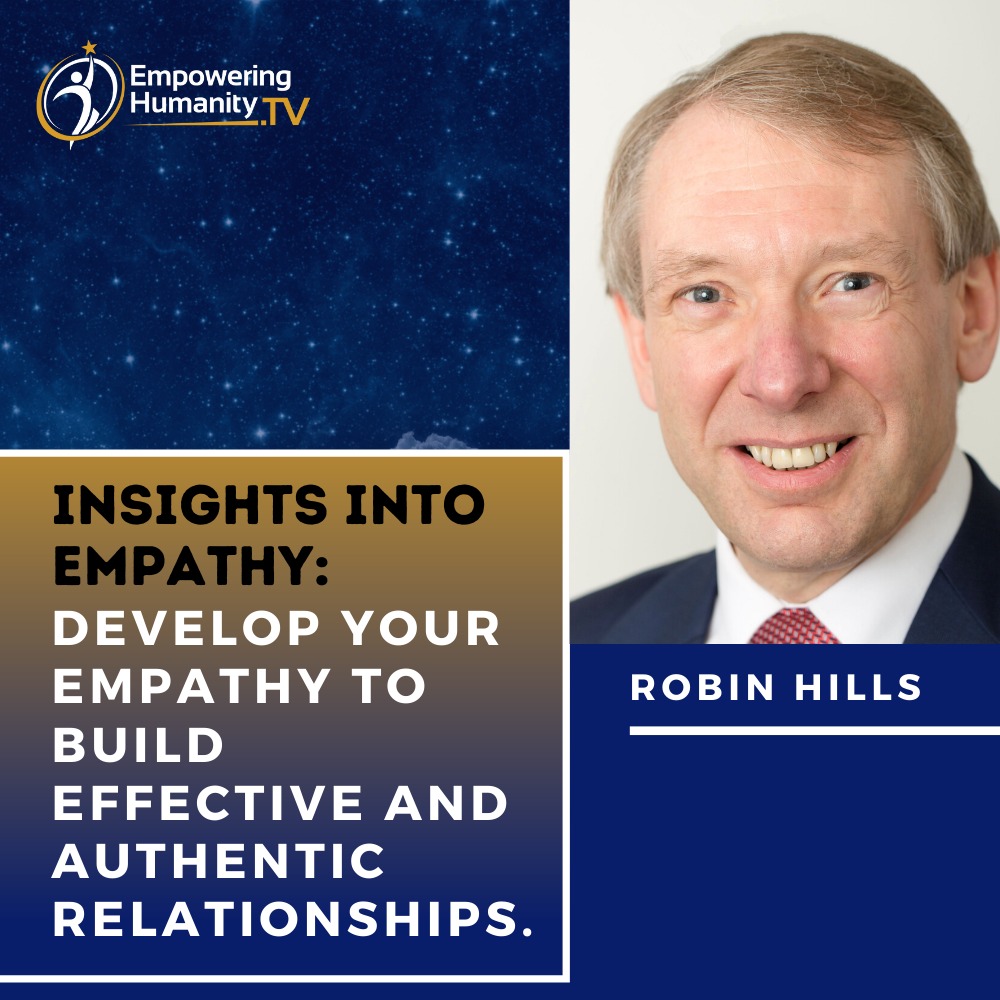Taking Chances for Bigger Thrills
By Judi Moreo
People want to be safe in everything they experience. We always want to see if others experienced something before we decide to pursue that experience ourselves. But the very idea of staying safe can actually bring us to a point of not living the life we really want to live.
Take skydiving, for instance. Many people would shy away from jumping out of an airplane as they fear the parachute won’t open when it is supposed to. Even having a reserve or emergency parachute will not change their minds. And there certainly have been instances where both the main parachute and the reserve did not open and the skydiver plunged to his or her death.
So, why do people do such things as skydiving or mountain climbing, etc.? The answer is because they get a thrill from doing it. Many will call it a “head rush” but it means the same thing. Natural thrill seekers and daredevils never seem to have a problem with the risks associated with these activities. But for everyone else, it can take a lot to muster up the courage and go on a thrill seeking adventure.
If you want to break through this, the way to do it is to choose activities that don’t have as high a perceived risk. For instance, many indoor rock climbing facilities harness the participants so that if they slip, the harness will keep them from falling to the ground. The thrill can still be there for these less risky activities. And it is often a great stepping stone for moving onto higher risk thrills.
A portion of taking chances (or not) is part of a person’s traits. As mentioned previously, some people are naturally prone to taking big chances while others would never conceive of doing such things. However, we all have the ability to push ourselves past our own traits. Often, this is accomplished with the help of friends that are thrill seekers themselves. Since they have experience in various thrill seeking activities and are still alive to talk about it, you may feel more at ease when trying them out for yourself when those friends are with you. They can also answer any questions you have about the activities that you may not be clear about.
Whether you will ever make it to daredevil status (and whether you should) depends on several factors including your own personality. But consider pushing yourself to a place where you take chances that you would not normally take. It can be the thrill of a lifetime!
Judi Moreo is one of the most recognized personal growth trainers and coaches in the world. She is the author of 24 books including 2 international bestsellers, “You Are More Than Enough” and “Ignite the Spark.” As a personal achievement coach, hypnotherapist, and NLP practitioner, Judi will help you discover that you really are More Than Enough to achieve the success you desire. She has informed, inspired, challenged, motivated and entertained audiences in twenty-nine countries around the globe. Judi has received many awards including the Woman of Achievement, Entrepreneur; the Nevada Business Person of the Year; has been inducted into the Business Hall of Fame; and in 2020, received a HerStory Award from the Women’s Federation for World Peace. To contact Judi Moreo, judi@judimoreo.com or 702-283-4567.

